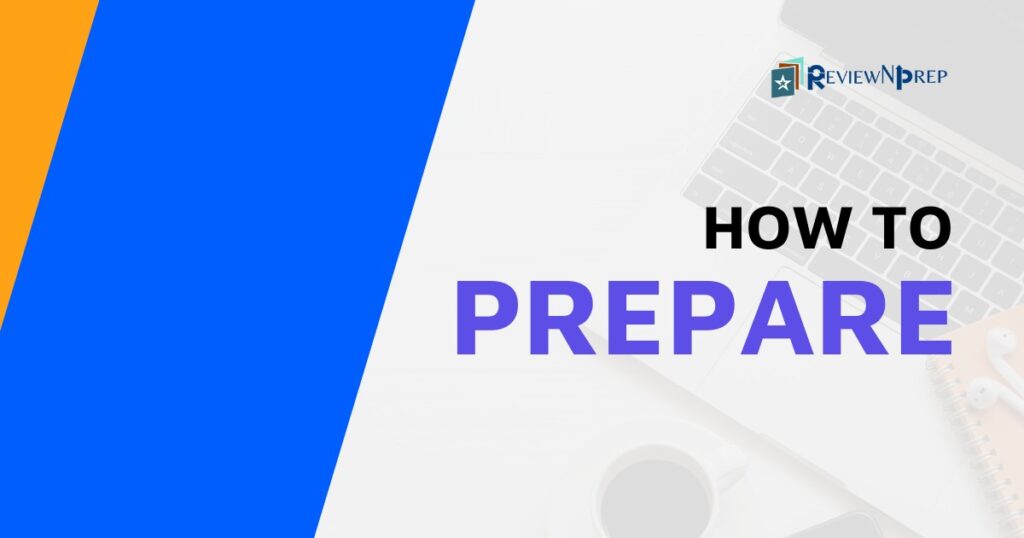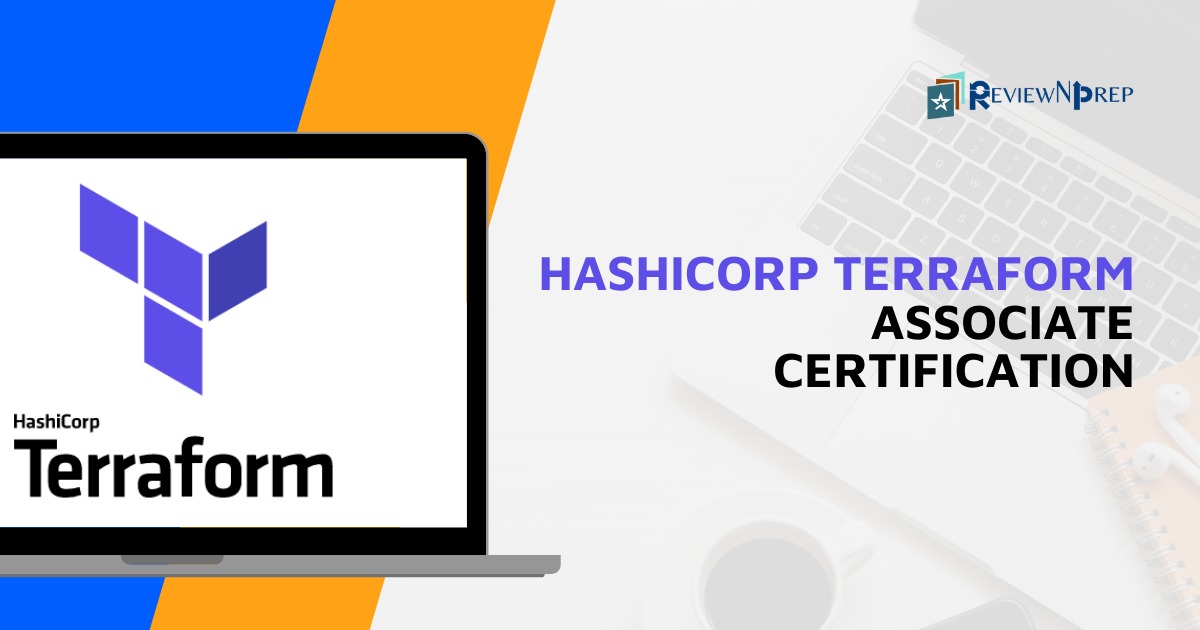What is HashiCorp Terraform?
Cloud Computing is changing the dynamics of how cloud resources are provisioned. Terraform is a software as a service(SaaS) that allows users to build, change and improve their infrastructure as code (IaC).
Terraform provides an interface for specifying the desired state of the infrastructure and then performs actions it deems necessary to achieve those changes. Terraform is logically split into two main parts: Terraform Core and Terraform Plugins. Terraform Core uses remote procedure calls (RPC) to communicate with Terraform Plugins and offers multiple ways to discover and load plugins to use.
Terraform Core is a statically-compiled binary written in the Go programming language. The compiled binary is the command-line tool (CLI) terraform, the entry point for anyone using Terraform. The code is open source and hosted at github.com/hashicorp/terraform.
Terraform can be used for diverse purposes such as creating new infrastructure, adding to existing infrastructure, or deploying applications to infrastructure. It also allows you to plan large-scale changes before making them happen.
The fundamentals of building an application on any cloud platform, regardless of hybrid or multi-cloud, is to make it scalable, highly available, and fault-tolerant. If you are running mission-critical applications on the cloud, investing in an infrastructure provisioning tool like HashiCorp Terraform is important. And, if you are a developer, DevOps engineer, or responsible for infrastructure, this HashiCorp Terraform certification is for you.
Why should you take this exam?
Infrastructure as Code (IaC) has become more popular recently and makes System Operator’s life easier than ever. With IaC, we can create and destroy the whole infrastructure in minutes, you can maintain the versioning as well. It is obvious that the future is multi-cloud to design the fault-tolerant and high available systems and it’s worth investing in this tool to automate the infrastructure provisioning. If you are some who is developing applications on the multi-cloud environment you will definitely try it.
Why you should take the Hashicorp Certified Terraform Associate Certificate?
Infrastructure as Code (IaC) enjoys massive popularity since its inception and has revolutionized the work of System Operators, making their lives easier than ever. With IaC, it is possible to create and destroy an entire infrastructure in mere minutes while maintaining version control. As the future of fault-tolerant and highly available systems lies in multi-cloud design, investing in this tool to automate infrastructure provisioning can result in improved business outcomes. If you develop applications in a multi-cloud environment, learning IaC using Terraform open-source tools is essential.
HashiCorp Terraform Associate Certification Details
Let us answer some common questions related to this Associate Exam before we proceed:
What are the Prerequisites for HashiCorp Terraform Associate Certification?
It goes without saying that you need to have a working knowledge of at least one cloud computing provider like Azure, AWS Cloud, Google Cloud, or Alibaba Cloud.
Also, terminal skills would help you understand the concepts better and ace the exam. However, to appear for the certification exam, there are no official prerequisites.
HashiCorp does recommend that candidates appearing for this certification should have professional experience using Terraform in production, but performing the exam objectives in a personal demo environment may also be sufficient.
Check out:
AWS -The Ultimate Beginners Guide
What is the cost of taking the HashiCorp Terraform Associate Certification?
- At the time of writing this blog, the cost is $70.50, plus locally applicable taxes and fees.
- Please note that there is no free retake for this certification.
- So, it is important that you practice before you appear for the exam. The validity of the certification is 2 years from the date of the successful pass.
What is the exam format for HashiCorp Terraform Associate Certification?

This is an online proctored exam. The questions include Multiple Choice, Multiple answers, True-False, and text-based questions like fill in the banks.
For multiple-choice, multiple-answer questions, where you choose 2 from 4 or 3 from 6. These can be tricky questions, but they don’t take up a big percentage. With good practice exams, you, and real-time experience, you should be good to go.
This exam has 57-60 questions and should be completed in 60 minutes.
You’ll get the exam results instantly with the breakdown along with an email with the same result with the Terraform Certified Associate logo.
Please note that HashiCorp does not publish our passing score (or percentage) or correct answer threshold.
| Assessment Type | Multiple Choice questions Multiple answers questions True False questions Text match, where you’ll choose the right text insert or command from a set of possible answers |
|---|---|
| Format | Online proctored |
| Duration | 1 hour |
| Price | $70.50 USD plus locally applicable taxes and fees |
| Expiration | 2 years |
Exam topics for HashiCorp Terraform Associate Certification?
Below are the topics that this exam covers. You can click on the links for more information:
- Understand infrastructure as code (IaC) concepts
- Understand Terraform’s purpose (vs. other IaC)
- Understand Terraform basics
- Use the Terraform CLI (outside of core workflow)
- Interact with Terraform modules
- Navigate Terraform workflow
- Implement and maintain state
- Read, generate, and modify the configuration
- Understand Terraform Cloud and Enterprise capabilities
Check out the official link here for more details on these topics.
How to prepare for HashiCorp Terraform Associate Certification?

Start with the fundamentals.
As mentioned above in the prerequisites section, the important thing to first get familiarized with is a cloud provider. However, you don’t need to be a cloud expert. Basic knowledge of cloud and DevOps is enough to get you started. In my opinion, the Learn HashiCorp Docs has all the resources to get you started. Below are some more resources you can leverage for free from the official HashiCorp website to understand the fundamentals:
- First things first, the official introduction is an excellent place to get started.
- Once you are through with the introduction, get some hands-on practice with the cloud provider of your choice. Here is a link from the official website you can follow.
- There are some great tutorials for Terraform configuration that you can use for that extra practice. Check out these tutorials here.
- Once you are through with the configuration modules, check out how to add variables, output; create multiple modules, and use module output as a variable to another module; organize the code with different modules. Use the DRY (Don’t Repeat Yourself) principle — create, re-use modules to stop copying and pasting full implementation between your environments in your code. See these official tutorials.
- Next up is how to install software, edit files, and provision machines created with Terraform. If you have more than one, say, AWS provider which you need to make use of in your Terraform code, use an alias to distinguish the two (or more) and reference them in your respective code blocks. Use Packer or Cloud-Init to automatically provision SSH keys and a web server onto a Linux VM created by Terraform in AWS. Check out these official tutorials.
- Understand how to manage state. Here is the link for this topic.
- It is important that you take some practice exams on these topics before you appear for the exam. Check out the Terraform technical knowledge by taking these practice exams.
- The importance of hands-on experience cannot be stressed enough. Try creating everything in the cloud from scratch. As you practice, it would not only help you understand the concepts better but also help you with troubleshooting skills.
- Create a Terraform Cloud account, and test the use of Sentinel rules using the Terraform Cloud remote backend.
- Finally, here is an excellent link from HashiCorp on exam readiness that has links along with exam topics. The link also has some sample practice questions that you can take.
How long will it take to prepare for HashiCorp Terraform Associate Certification?
While everyone’s learning style is different, on average, it should not take you more than 50 hours of total study time that includes watching all the modules and doing hands-on practice.
If you spend dedicated 3-4 hours of learning time each week, you should be ready to schedule the exam within three weeks.
Exam Tips for HashiCorp Terraform Associate Certification

On the day of the exam, make sure to sign in 15 minutes before your scheduled test. This would give you enough time to deal with any issues getting a proctor or browser issues. Overall, the exam is not tough if you have done enough practice.
Below are some other important tips for the official certification:
1. As mentioned earlier, get yourself familiar with Terraform CLI usage. You might see some questions around most commonly used commands like init, plan, apply, destroy, show, taint, sate.
2. Some questions will be around workspaces, organizing your code with modules, different states (remote, import, taint state), dynamic blocks, count/for_each, provisioners.
3. Remember the important file names used in the Terraform configuration, such as plugin cache directory, terraform state file name, the default location of Terraform configuration file, etc.
4. The exam is just 60 minutes, and you’ve got between 55-60 questions. So, you have to be quick. When in doubt, highlight questions and come back on them later.
Conclusion
Vendor lock-in is one of the essential factors that trouble companies when choosing a cloud provider. Big companies often prefer to use a multi-cloud strategy for their cloud architecture to avoid vendor lock-in. Time is of the essence when provisioning the cloud infrastructure. This means declaring infrastructure components in configuration files that are then used by Terraform to provision, adjust, and tear down infrastructure in various cloud providers. HashiCorp Terraform is one of the leading IaC tools, and for all the cloud engineers, it is definitely worth investing your time, getting to master this tool.

